SKP's Java/Java EE Gotchas: Clash of the Titans, C++ vs. Java!
DZone
FEBRUARY 27, 2021
As a Software Engineer, the mind is trained to seek optimizations in every aspect of development and ooze out every bit of available CPU Resource to deliver a performing application. One, by researching on the Internet; Two, by developing small programs and benchmarking.


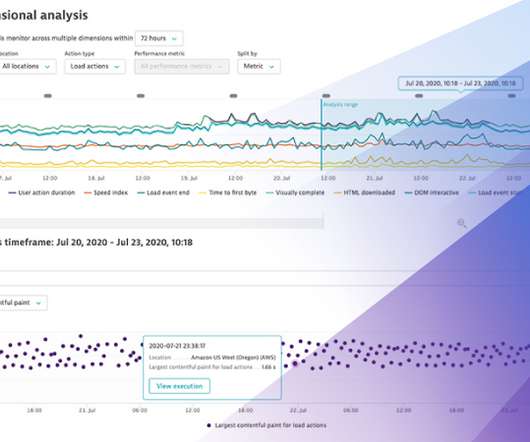



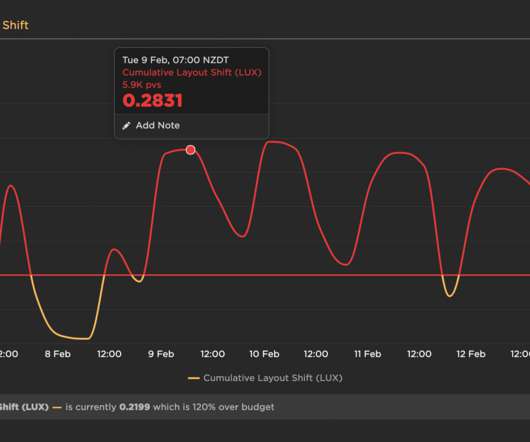

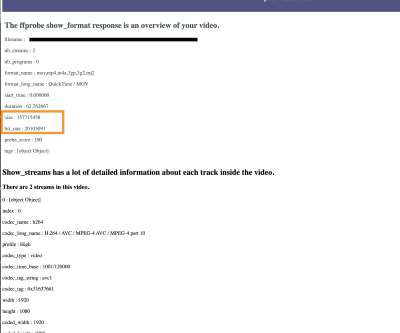
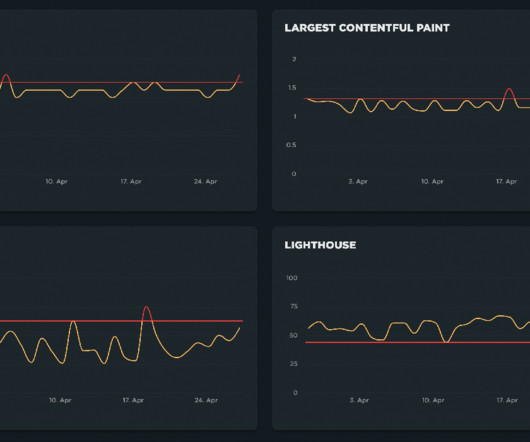
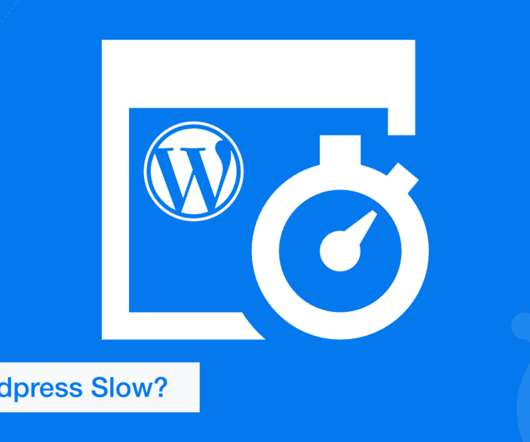


















Let's personalize your content